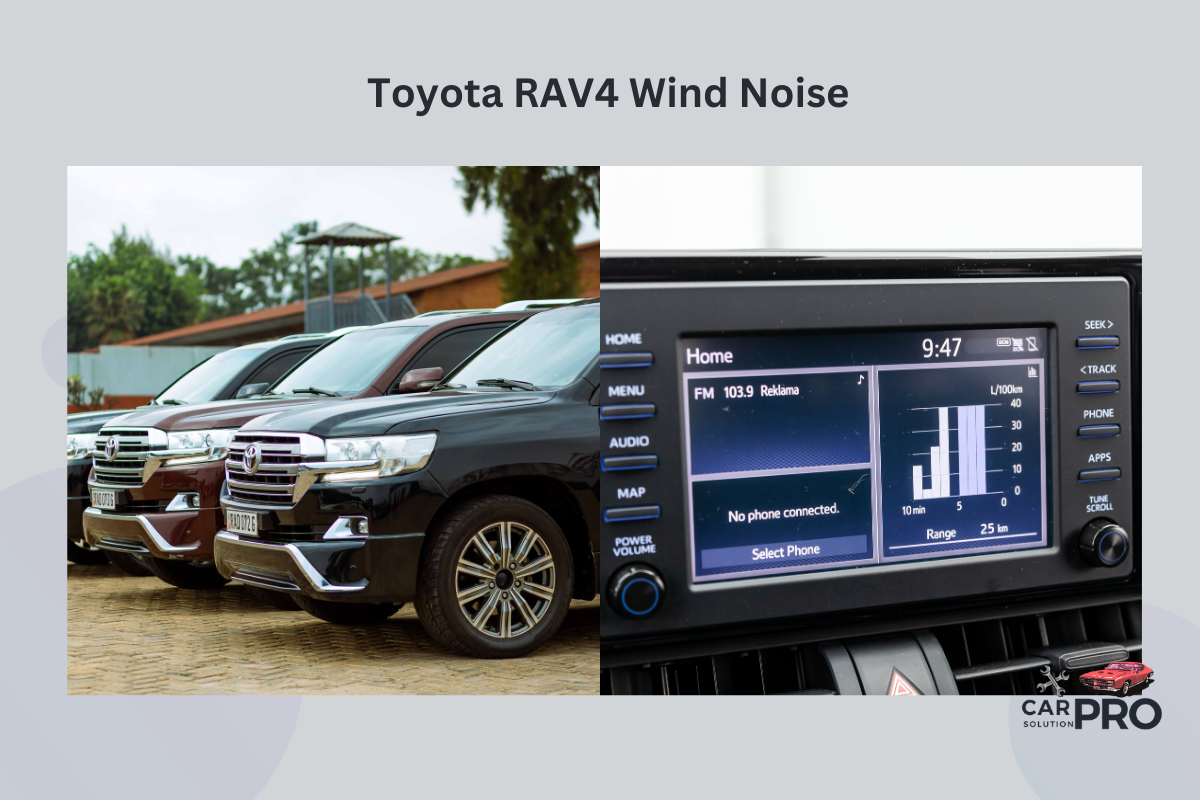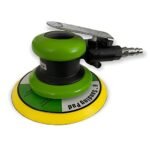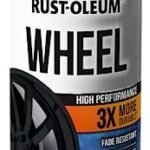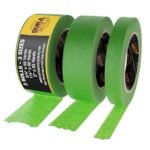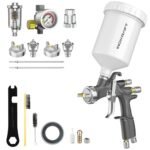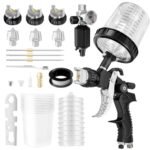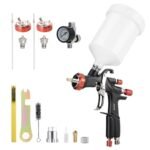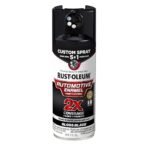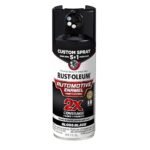Toyota RAV4 owners often face a common issue: wind noise. This can be frustrating, especially during highway drives. The main causes of wind noise in RAV4s are gaps in window seals, misaligned doors, and issues with the moonroof.
Many drivers report loud wind noise from the driver’s side window at higher speeds. This problem can make long trips tiring and interfere with conversations or music enjoyment. Some RAV4 models may also experience wind noise from the cabin and side mirrors.
Fixing wind noise often involves checking and adjusting door seals, window alignments, and moonroof settings. Some owners have tried DIY solutions, while others have sought help from dealerships. The good news is that many of these issues can be resolved with proper attention and care.
Key Takeaways
- Wind noise in RAV4s commonly stems from window seals, doors, and moonroofs
- Higher speeds typically increase wind noise, affecting the driving experience
- Solutions range from DIY fixes to professional adjustments at dealerships
Overview of Toyota RAV4 Wind Noise
The Toyota RAV4 is a popular SUV, but some owners report wind noise issues. This noise can come from different parts of the vehicle and has various causes.
Characteristics of Wind Noise
Wind noise in the RAV4 often sounds like a whistle or rush of air. It usually starts at speeds around 50 mph. The noise tends to get louder as speed increases.
Many drivers notice the sound near the windows and doors. It can be more noticeable on the driver’s side. Some describe it as a “gusting” sound near the side mirrors.
The noise level can vary based on wind direction and speed. Crosswinds often make it worse. In some cases, the noise is loud enough to interfere with conversations or music.
Common Causes of Wind Noise
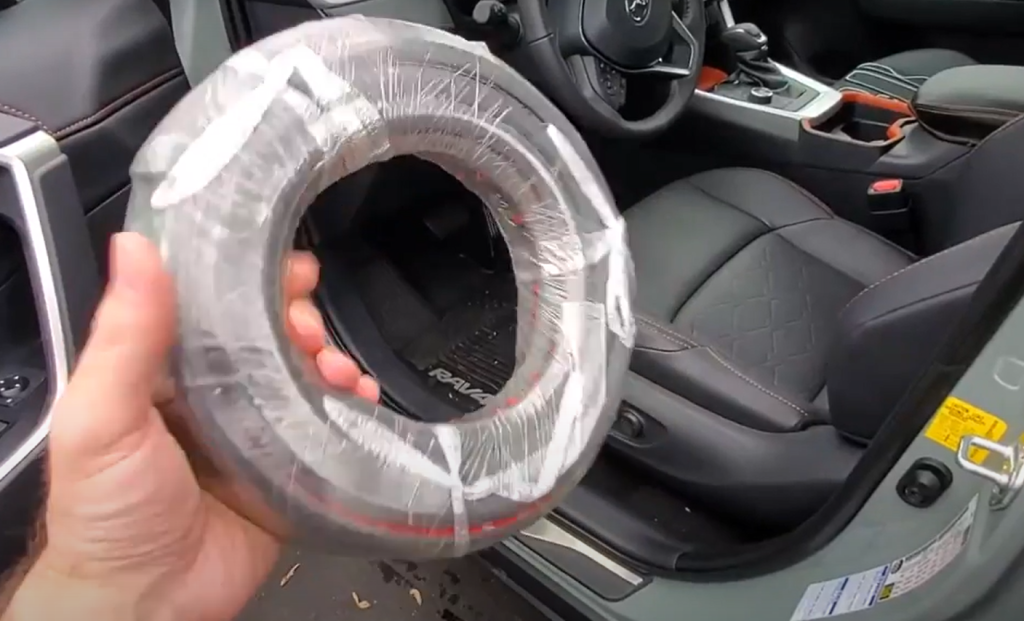
Several factors can lead to wind noise in the RAV4:
- Door seals: Worn or improperly fitted seals let air in.
- Window alignment: Misaligned windows create gaps.
- Side mirrors: The mirror shape can create turbulence.
- Body panels: Small gaps between panels allow air to enter.
Improper door closure is another common cause. If a door isn’t fully shut, it can create noise at high speeds.
The RAV4’s aerodynamic design plays a role too. While meant to reduce drag, it can sometimes create unexpected air flows around the vehicle.
Impact on Driver Experience
Wind noise in the Toyota RAV4 can significantly affect the driving experience. It impacts comfort levels inside the vehicle and interferes with audio quality and communication.
In-Cabin Comfort and Noise Levels
Wind noise in the Toyota RAV4 becomes noticeable around 50 mph and increases at higher speeds. This can be distracting for drivers and passengers, especially during long trips.
The noise is often described as “horrific” by some owners, particularly near the driver’s door. It can create a less pleasant driving environment and may cause fatigue on extended journeys.
Some RAV4 models experience wind noise from both driver and passenger side windows. The issue becomes more pronounced at speeds between 120-130 km/h, with loud noise coming from door frames and side mirrors.
Effects on Audio and Communication
The wind noise can interfere with the vehicle’s audio system, forcing occupants to increase the volume to hear music or podcasts clearly. This may lead to potential hearing strain over time.
Communication between passengers can become challenging due to the noise. Drivers might need to raise their voice to be heard by rear-seat passengers, which can be tiring on long drives.
Phone calls using the vehicle’s hands-free system may be affected. The wind noise might be picked up by the microphone, making it difficult for the person on the other end to hear clearly.
Noise Reduction Techniques
Toyota RAV4 owners can reduce wind noise through factory features and aftermarket solutions. These options range from built-in design elements to add-on products that improve the vehicle’s sound insulation.
Factory Features and Design
Toyota has implemented several design features to minimize wind noise in the RAV4. The vehicle’s aerodynamic shape helps air flow smoothly over the body. Improved door seals play a key role in blocking outside noise.
Some RAV4 models come with acoustic glass, which has a special layer to dampen sound. The side mirrors are shaped to reduce turbulence. Toyota also uses sound-absorbing materials in the cabin and engine compartment.
Higher trim levels may offer extra noise reduction features. These can include thicker insulation and more premium weather stripping around doors and windows.
Aftermarket Solutions
RAV4 owners can add extra noise reduction with aftermarket products. Wind deflectors are popular add-ons. These plastic shields direct air flow away from window gaps.
Door seal kits can upgrade the factory seals. These often use thicker, more effective materials to block noise. Some drivers install sound-dampening mats under the floor carpets and in door panels.
Aftermarket window tinting with thicker film can help reduce noise. Rubber strips for the sunroof can prevent whistling sounds. Some owners replace their side mirrors with more aerodynamic designs to cut down on wind turbulence.
Maintenance Tips
Regular upkeep plays a key role in reducing wind noise in your Toyota RAV4. Proper inspections and adjustments can help maintain a quiet cabin.
Seal Inspections and Repairs
Check door and window seals every 6 months for wear or damage. Look for cracks, tears, or gaps in the rubber. Clean seals with soap and water to remove dirt buildup. Apply a silicone-based lubricant to keep seals flexible and prevent sticking.
Replace worn seals promptly. New door seals can greatly reduce wind noise. Install seals carefully, ensuring a tight fit around doors and windows. Trim excess material for a clean finish.
Test seal effectiveness by closing doors and windows. Listen for whistling sounds when driving. Address any issues right away to prevent further noise problems.
Window and Door Adjustments
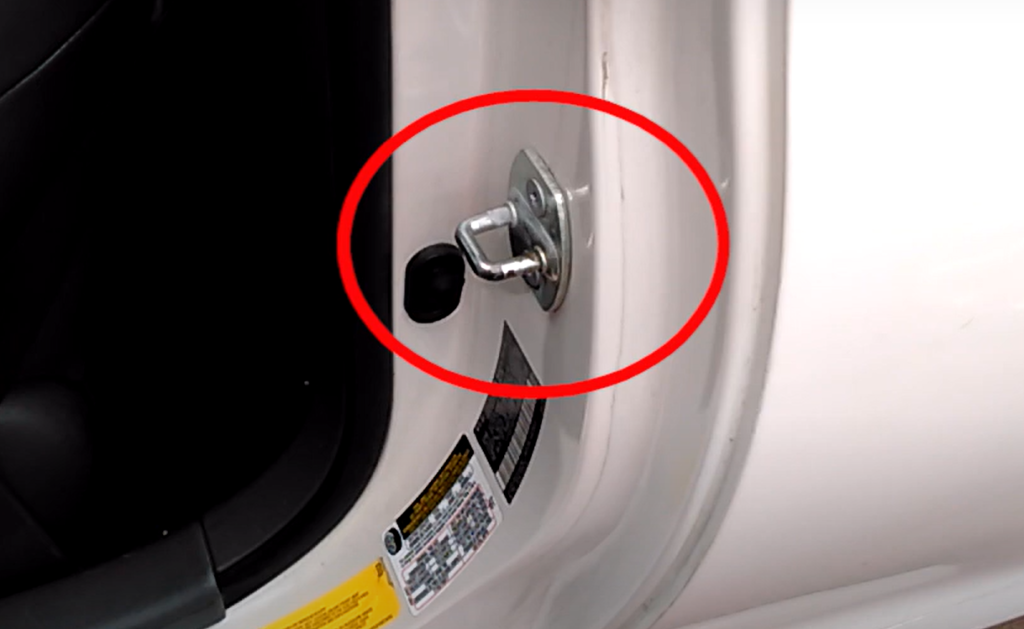
Misaligned windows and doors can create gaps, letting in wind noise. Check that windows close fully and evenly. Adjust window regulators if needed. Lubricate window tracks with silicone spray for smooth operation.
Inspect door hinges and latches for proper alignment. Tighten loose screws and replace worn parts. Proper door alignment is crucial for reducing wind noise.
Test door seals by closing doors on a strip of paper. The paper should be snug but not tear. Adjust door strikers if needed for a tighter seal. This helps prevent air leaks and unwanted noise.
Consider installing wind deflectors on side mirrors. These can redirect airflow and reduce noise from side mirrors.
Professional Services
Toyota RAV4 owners experiencing wind noise issues have access to specialized services. These options can help diagnose and resolve persistent noise problems effectively.
Dealership Services and Support
Toyota dealerships offer comprehensive support for RAV4 wind noise concerns. Trained technicians use advanced diagnostic tools to pinpoint the source of unwanted sounds. They can perform detailed inspections of door seals, window alignments, and other potential problem areas.
Dealerships often have access to the latest technical service bulletins from Toyota. These bulletins provide guidance on known issues and recommended fixes. Some common solutions include adjusting door fitment, replacing weatherstripping, or updating window regulators.
Many dealerships offer courtesy vehicles during longer repairs. This allows RAV4 owners to maintain their routine while their vehicle undergoes noise reduction treatments.
Specialized Wind Noise Assessments
Independent automotive specialists can provide targeted wind noise evaluations. These experts use sophisticated equipment like sound meters and airflow visualization tools. Their assessments can reveal issues that may be missed in standard inspections.
Some specialists offer wind tunnel testing for precise noise source identification. This method can detect subtle aerodynamic issues causing wind noise at high speeds.
Acoustic engineers may recommend custom solutions like adding foam insulation or applying specialized sealants. These tailored approaches can address unique wind noise problems in individual RAV4 vehicles.
Specialized services often provide detailed reports. These documents help owners understand the root causes of wind noise and guide future maintenance decisions.
Frequently Asked Questions
Wind noise is a common issue for RAV4 owners. There are several ways to reduce it, identify causes, and understand differences between models. Specific solutions and improvements have been made over the years.
How can I reduce wind noise in my RAV4?
To reduce wind noise, check door and window seals for damage. Replace worn weatherstripping. Adjust door alignment if needed. Apply foam tape to gaps around mirrors and trim pieces. Consider installing wind deflectors on windows.
What are common causes of wind noise in the RAV4 driver door?
Common causes include worn door seals, misaligned doors, and gaps in weatherstripping. Loose mirror housings can create wind noise. Improperly closed doors may not seal correctly, allowing air to enter.
Does the RAV4 Hybrid have different noise issues compared to the standard model?
The RAV4 Hybrid may have less wind noise due to its aerodynamic design. However, it can produce unique electric motor whines at low speeds. Tire noise may be more noticeable in the quieter hybrid cabin.
Are there any solutions for the wind cutting noise experienced in the RAV4?
Installing rubber seals in door frames can reduce wind cutting noise. Adding sound-deadening materials to doors and floor panels helps. Upgrading to higher-quality tires with noise-reducing technology is another option.
What improvements have been made in the 2024 RAV4 to address wind noise?
The 2024 RAV4 features improved door seals and weatherstripping. Toyota has enhanced aerodynamics to reduce wind resistance. Thicker glass and better insulation materials have been used in the cabin.
Why might my RAV4 be making a whining noise and how can I diagnose it?
Whining noises can come from wheel bearings, transmission, or power steering pump issues. To diagnose, note when the noise occurs – during acceleration, turning, or at specific speeds. A mechanic can perform tests to pinpoint the source.
When you purchase a product through Amazon links on carsolutionpro.com, we may earn a small commission at no extra cost to you. This helps support the site and keep our content free. As an Amazon Associate, we earn from qualifying purchases made through our links.
